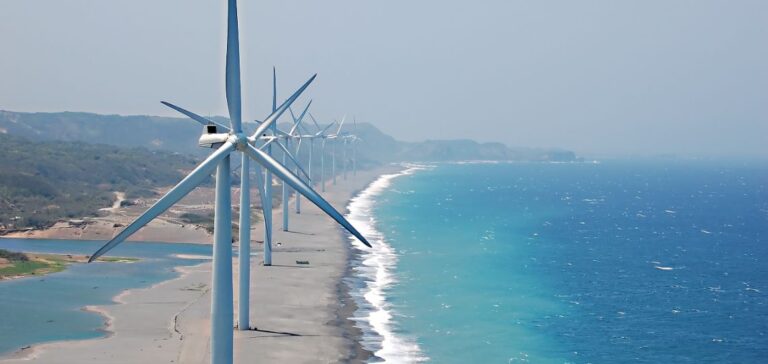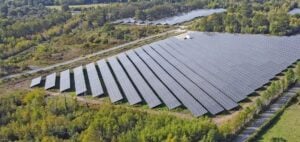The Department of Energy of the Philippines (DOE) has just launched the fourth cycle of renewable energy auctions, known as the Green Energy Auction 4 (GEA-4), aimed at awarding precisely 9,378 MW of new ground-mounted solar, onshore wind capacities, and integrated battery storage solutions. This new initiative is part of a series of successive auctions led by the Philippine government, each intended to meet the sustained growth in national energy demand. GEA-4 is notable for introducing Integrated Renewable Energy and Storage Systems (IRESS) for the first time, directly coupling photovoltaic installations with battery storage units. Selected projects will benefit from government-guaranteed power purchase agreements (PPAs) for a fixed term of 20 years.
An Innovative Energy Storage Mechanism
The major innovation introduced in this fourth tender is the widespread adoption of IRESS systems, a first for the Philippines. The DOE’s clearly stated goal is to integrate these storage solutions into new power plants to enhance national grid stability amid increasing demands. The Energy Regulatory Commission (ERC) will also be involved in setting tariff indexation mechanisms modeled on Feed-in Tariffs (FiT), adjusted to evolving operational costs.
According to the timeline provided by the DOE, selected solar and wind projects must become operational between 2026 and 2029. Developers will be required to adhere to strict deadlines, with intermediate milestones imposed to ensure compliance and avoid recurring delays observed in previous similar auctions. This requirement for operational and financial performance poses a significant challenge for bidding companies.
Strategic Importance for the National Economy
These new energy capacities are part of a governmental strategy aimed at significantly changing the Philippine energy mix. The country aims to increase the share of renewable energies to 35% of national electricity consumption by 2030, with an even more ambitious target of 50% by 2040. Achieving this strategic transition requires substantial investment, particularly in storage infrastructure and grid modernization.
Industrial and financial stakeholders are closely monitoring this auction, viewed as a key indicator of future directions in the Philippine energy sector. The magnitude of the proposed capacities could have notable economic impacts, particularly on long-term electricity prices and the country’s industrial competitiveness. The current auction could also drive strong competition among local and international developers attracted by the duration and security of the offered contracts.






















